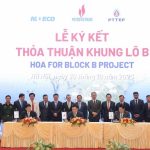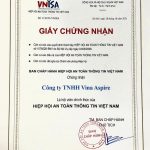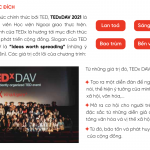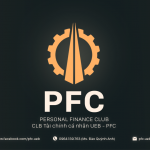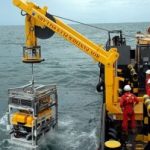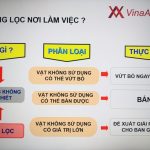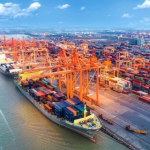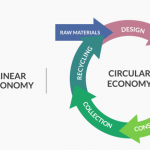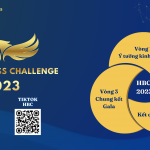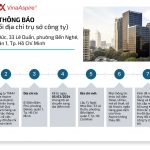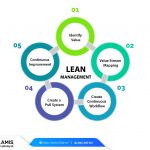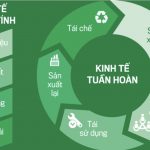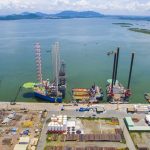With a commitment to Vietnam’s goal of achieving net zero emissions by 2050 and a commitment to fighting forest degradation according to the European Commission’s EUDR anti-deforestation regulations applied by the end of 2024, it will aim to boost the economy. low carbon, creating a premise for circular economic development of businesses.
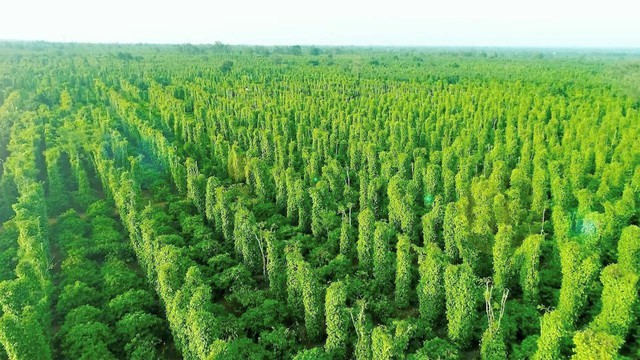
Experience in developing carbon markets around the world
Bui Duc Hieu, Deputy Director of the Department of International Cooperation (Ministry of Natural Resources and Environment) said that the world carbon credit market is very active, on all continents. However, in each country, how and when it operates is different.
The European Union is the earliest implementation of the carbon market in the world, operating in 2005, and has now gone through 5 stages. The Korean market operated on a trial basis in 2012, officially in 2015 and went through 3 phases. The Chinese market started testing in 2012 in a few provinces and officially nationwide from 2022. Countries, such as the UK in 2021, and Japan have just finished testing, officially operating from April 2023.
There are three forms of carbon market operation in the world: mandatory, voluntary and in compliance with Article 6 of the Paris Agreement. In addition, there is a form not listed in the above 3 categories, which is relatively simple: bringing it to the trading floor. Singapore is following this form.
Regarding the price of carbon credits, according to Dr. Bui Duc Hieu, in the form of compliance with Article 6 of the Paris Agreement, there will be no carbon credit price. Carbon credit prices are only available in the first and second forms, which are priced through auction or trading on the floor. The price of carbon credits currently depends on supply and demand, depending on the production and business situation of the enterprise, industry, and emission sector. In Korea, currently trading is about 5-6 USD/credit, Australia 25 USD, China 10 USD…
Regarding the test operation of the carbon credit exchange, Dr. Bui Duc Hieu said that among the above countries in Asia, only Korea is early. Other countries, such as Japan, China, Southeast Asian countries, or South American countries and many other countries are also in the process of preparing to operate like Vietnam. That is, set a target of pilot operation of the carbon credit exchange by 2025, and official operation by 2028. There may be countries that will push this roadmap forward 1-2 years earlier.
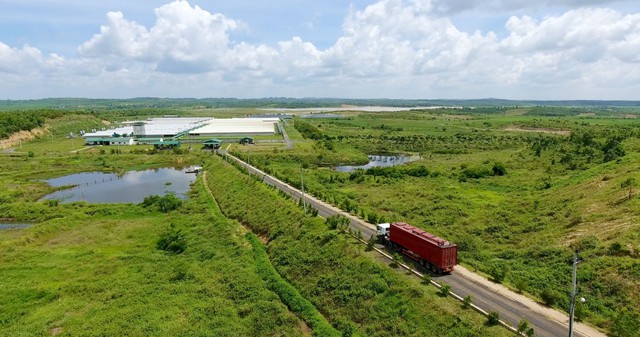
Create many development opportunities for businesses
The compliant carbon market in Vietnam is in the construction phase. Vietnamese businesses exchanged carbon credits on the world voluntary carbon market nearly 20 years ago. In the context of green transformation, developing a low-carbon economy towards a circular economy becomes an inevitable trend, building, operating and developing carbon markets becomes an increasingly important tool.
Up to now, Vietnam has had 150 projects granted 40.2 million carbon credits and is one of the four countries with the most registered investment projects under the clean development mechanism. Vietnam has great potential in developing a dynamic, quality and efficient carbon market.
Vietnam is a developing country with a highly open economy. If we apply the carbon market early, it means businesses have to reduce emissions, which will have a big impact on the economy. Although businesses have to spend a lot of money to convert technology and move towards green development, for businesses in particular and the economy in general, it cannot be slower, it is necessary to transform, otherwise will lag behind the world.
In terms of macro benefits, businesses that reduce emissions and participate in the carbon market are working with the Government to implement international commitments in reducing emissions. Contribute to protecting the environment against the impacts of climate change.
Next, in terms of benefits and opportunities, when participating in the carbon market, green finance will certainly increase the brand of the business, thereby helping businesses have many plus points in negotiating and exporting products. Products.
Not only that, reducing emissions is also an opportunity for businesses to change their production and technology models. Thereby creating credits to sell on the market and earn profits. For example, a typical business in the world that is a pioneer and has a long-term vision is Tesla (USA). In 2022, this business sells carbon credits to earn 1.78 billion USD, accounting for 10% of total profits.
Talking about opportunities for Vietnamese businesses to participate in developing a low-carbon economy, Mr. Nguyen Quoc Khanh, Chairman of Ho Chi Minh City Handicraft and Wood Processing Association (HAWA), said that Vietnam has 14.2 million hectares of forest, accounting for 42% of the country’s area, of which 7 million hectares are planted for production. With this area of natural forests and production plantations, if managed effectively and can demonstrate biomass growth and emission reduction, this is a rich source of carbon credits. Recently, Vietnam received the first more than 41 million USD (equivalent to 10.3 million carbon credits) from the World Bank due to the transfer of forest carbon credits.
Therefore, according to Mr. Khanh, besides the huge challenge for wood businesses to participate in the carbon market, the opportunity is not small but also creates a premise to move towards circular economic development.
Because, the wood industry benefits from the trend of using wood materials to replace materials with high emissions such as metal, plastic, concrete… Besides, wood is not only widely used in production. furniture products as before, but there will be great opportunities in the construction industry with mass timber. In addition, wood materials will also be widely used in the renewable biomass energy industry, consumer industry, packaging… because of its low emission capacity, easy decomposition and recycling.
“With the possibility of negative emissions, the wood industry and especially forestry can gain carbon credits to offset other industries,” said Mr. Khanh.
Recently, on January 24, 2024, within the framework of the Conference calling for investment for green growth development in Ho Chi Minh City, Mr. Mani Mathukumara, Chief Economic and Environmental Expert of the World Bank (WB) said: that, in order for Vietnamese businesses to participate in trading in the world carbon credit market, businesses must first have ideas and projects, then bring these projects and ideas to units for verification and units. This unit also provides financial resources and partners to participate in buying and selling credits in the market.
Currently, the WB is also performing this function and the WB’s cooperation and support for Ho Chi Minh City to create a mechanism to connect with verification units as well as connect supply and demand of carbon credits will also be a great opportunity. for Vietnamese businesses to participate in this potential carbon credit market.
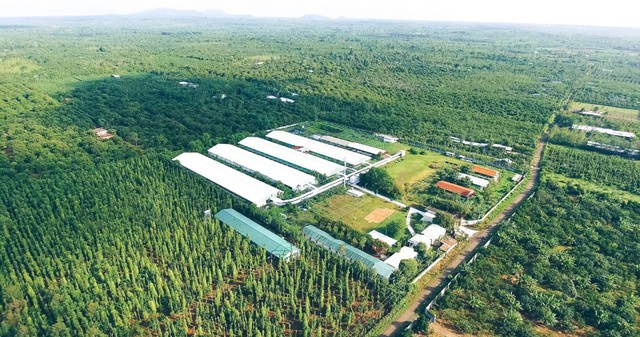
The key to a successful green transition
Le Xuan Nghia, Director of the Carbon Finance Development Consulting Institute (CODE), said that green economy, carbon economy, carbon market… are no longer just environmental issues, but today they are becoming a trend. of the economic era. In the coming time, transparency in reports on emissions, carbon index… will certainly be mandatory. For example, when a business is listed on the stock exchange, in addition to its financial statements, it will have to have a report on the quantification and inventory of its entire greenhouse gas emissions.
Besides, green transformation is a new source of motivation for rapid and sustainable growth. “Green” standards are being shaped and accelerated into implementation in the direction of linking international trade and investment with criteria on carbon emission reduction, sustainable development, labor and the environment. Along with that, new links and initiatives associated with green fields are also being strongly promoted.
Therefore, developing green financial markets, of which the key is the carbon market, will be the key to a successful green transition. This is a key time for Vietnam to establish and continuously increase its position in global green value chains.
To achieve the goal of sustainable development, Vietnam has issued many important strategic documents on green growth and green development, including a roadmap for developing carbon pricing tools, especially carbon pricing tools. compliant carbon field. First, Vietnam plans to accelerate the development of regulations on carbon credit management and greenhouse gas emission quota exchange activities; Guide the implementation of the domestic and international carbon credit exchange and offset mechanism in accordance with the provisions of law and international treaties and pilot the carbon credit exchange from 2025.
Representatives of international environmental organizations have assessed that the Vietnamese Government has made relatively good preparations from the public sector. However, to promote low-carbon economic development, it is necessary to focus on a multi-stakeholder approach and strengthen cooperation between sectors, fields and levels. Especially promoting the participation of the private sector, creating conditions for the development of supply and demand in the carbon market.
At the same time, Vietnam needs to build a quality carbon database system to serve as a basis for determining greenhouse gas emission quotas for businesses and emphasize the need to combine diversity, Flexible methods and tools, such as clean development mechanism, common credit mechanism, mandatory and voluntary market…
According to Minh Thi
Vina Aspire is a consulting company, providing IT solutions and services, network security, information security & safety in Vietnam. Vina Aspire’s team includes skilled, qualified, experienced and reputable experts and collaborators, along with major domestic and foreign investors and partners to join hands in building.
Businesses and organizations wishing to contact Vina Aspire Company with the following information:
Email: info@vina-aspire.com | Website: www.vina-aspire.com
ĐT: +84 944 004 666 | Fax: +84 28 3535 0668
![]()
Vina Aspire – Vững bảo mật, trọn niềm tin








